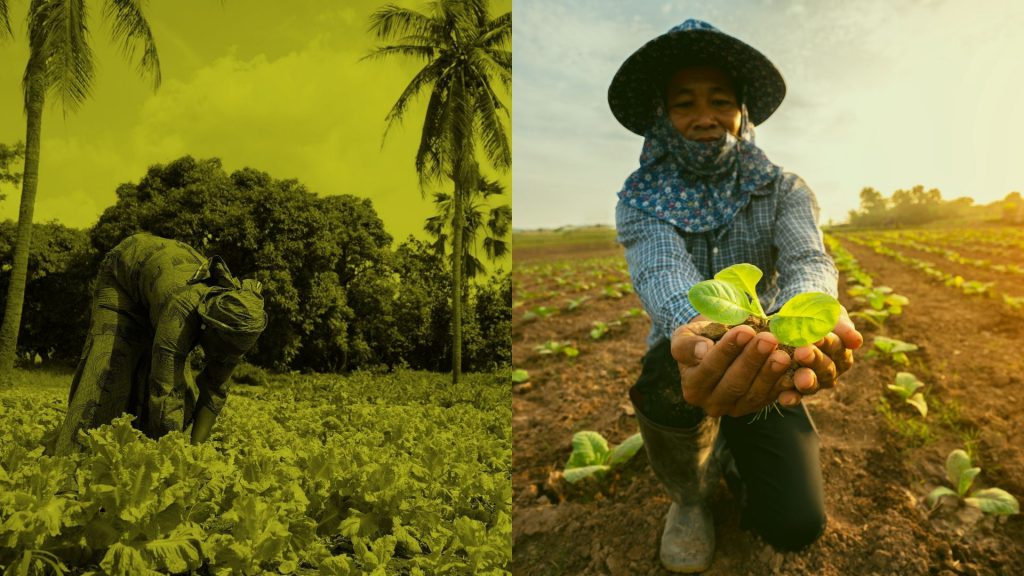How can the seed industry contribute to achieving the UN Sustainable Development Goals? The Access to Seeds Index highlights current efforts to help understand where the seed industry can step up its efforts.
By Ido Verhagen, Executive Director Access to Seeds Index
When the United Nations established the Sustainable Development Goals in 2015, it also acknowledged that targets such as ‘zero hunger in 2030’ can’t be met without private sector contribution. For many people, this must sound like a no brainer. But for the United Nations to agree unanimously that the private sector should be seen as part of the solution, and not merely part of the problem, was a huge step forward.
Lessons were drawn from the Millennium Development Goals (MDG), an agenda that ended in 2015. While it made sense to set global targets, as much progress had been made, it just wasn’t enough. According to the follow-up evaluation, more could have been achieved had engagement with the private sector not been ‘forgotten’.
Turning private sector engagement into practice starts with being able to answer some simple questions like: how can a specific industry contribute to achieving global development goals? What are best practices that we can learn from? Are individual companies already setting an example that can be followed by their peers?
The Access to Seeds Index aims to answer these questions, by shining a light on current activities of the seed industry in improving access to seeds for smallholder farmers in food insecure regions. By measuring and comparing the efforts of individual seed companies, it aims to give credit to companies that show leadership; provides an evidence base to the conversation where and how the seed industry can play a role; and aims to encourage companies to step up their efforts. The first Index, published in the beginning of 2016, focused on efforts of globally operating seed companies in Asia, East and West Africa and Latin America. It also zoomed into Eastern Africa, to highlight activities of companies originating specifically in that region.
“What are you going to measure? The seed industry is not at all interested in smallholder farmers” was one reaction when the initiative was first presented at the headquarters of FAO in Rome in July 2013. The first Access to Seeds Index showed that this simply is not true. Although there is a lot of room for improvement and many smallholders have yet to be reached, companies are considering ways to service this emerging customer base. Many show that it is possible to develop sustainable business practices while serving the interests of both companies and entrepreneurial smallholders alike.
The Index looks at efforts in areas such as breeding, distribution, and adoption, but also, how companies handle their intellectual properties in emerging markets. The parameters for the first assessment were based on one basic question asked to many stakeholders from in and around the seed industry: what do you expect from seed companies to improve access to quality seeds for smallholder farmers? Some of the examples highlighted in the first edition involve high tech solutions, such as using solar powered weather stations, and mobile technologies that can provide low-cost crop insurance products against weather risks. Others are more straightforward, such as using mobile seed shops with agronomists providing advice in remote villages and local markets where smallholders generally buy their seeds.
These kinds of practical solutions provide the inspiration on where and how to move forward. The initial publication also marked the start of a new round of stakeholder consultations to discuss key findings, adding valuable input to refine its parameters. The next Access to Seeds Index is currently in development. It will continue to show how and where the seed industry can make a positive contribution to ensuring food security and environmental sustainability in its practices. This is also an encouragement to employees to start up conversations within their company on how it can make progress since the first Index.
This blog was published on the Crop Science Blog page of Bayer Cropscience




